Here are important facts about the Gujarat Earthquake that struck in 2001, also known as the Bhuj Earthquake. These cover key information about the disaster’s magnitude, impact, rescue efforts, and recovery:
On January 26, 2001, while India was celebrating its 52nd Republic Day, the state of Gujarat was struck by one of the most powerful earthquakes in its history. Measuring 7.7 on the Richter scale, the earthquake had its epicenter near the town of Bhuj in the Kutch district. The disaster left a deep scar on the region and its people, claiming over 20,000 lives, injuring thousands more, and causing widespread destruction.
The Gujarat earthquake was not just a geological event; it was a humanitarian crisis that tested the resilience of the people, the preparedness of the state, and the spirit of the nation. In this article, we explore the causes, impact, response, and long-term recovery from this catastrophic event.
Geological Background
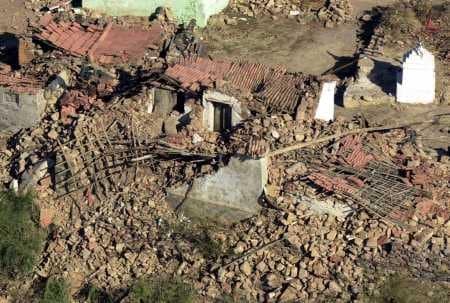
Gujarat lies in a seismically active region due to the Indian tectonic plate colliding with the Eurasian plate. Although the area is not typically as seismically active as the Himalayan belt, the Kutch region has experienced several moderate to strong earthquakes over centuries. The 2001 Bhuj earthquake, however, was unprecedented in scale and impact.
The quake struck at 8:46 AM IST, with the epicenter located approximately 20 kilometers northeast of Bhuj. It originated at a depth of 16 kilometers beneath the Earth’s surface. The shaking lasted nearly two minutes, which is unusually long, and the energy released was enough to affect nearly the entire state and parts of neighboring Rajasthan, Madhya Pradesh, and even Delhi.
Immediate Impact
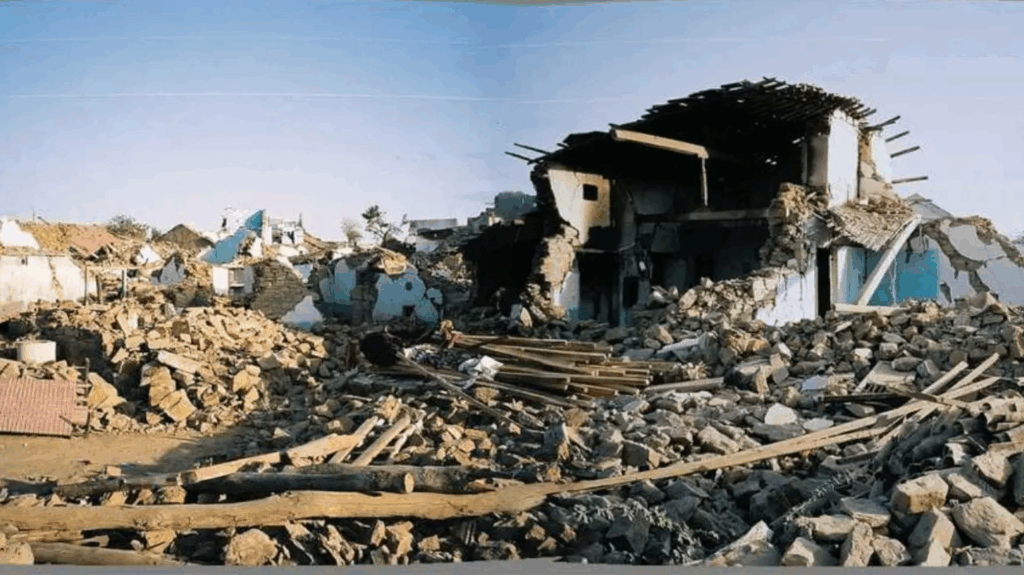
The devastation caused by the earthquake was immense:
Human Casualties
- Over 20,000 people lost their lives.
- Approximately 167,000 people were injured.
- More than 600,000 people were rendered homeless.
Many of the casualties occurred because the quake struck when people were at home, getting ready for Republic Day festivities. Poorly built structures collapsed instantly, trapping entire families inside.
Infrastructure Damage
- Entire towns like Bhuj, Anjar, Bhachau, and Rapar were severely damaged.
- Over 400,000 homes were destroyed or heavily damaged.
- Public buildings such as hospitals, schools, government offices, and heritage sites were reduced to rubble.
- Roads, railways, power lines, and water supply systems were heavily disrupted.
- Economic losses were estimated at over $5 billion (INR 25,000 crore).
The historic city of Bhuj, once known for its palaces and temples, was almost flattened. Traditional homes made from stone and mud could not withstand the tremors. Even modern concrete buildings failed due to poor construction practices and lack of adherence to earthquake-resistant designs.
Psychological and Social Consequences
The psychological trauma among survivors was profound. Thousands lost not only their homes but also entire families. In many villages, people experienced deep mental anguish and post-traumatic stress.
Social systems were heavily disrupted. Children were orphaned, families displaced, and community structures were broken. In the days following the quake, people lived in makeshift shelters, braving cold nights and uncertain futures.
National and International Response

The response to the Gujarat earthquake was swift and massive, involving government agencies, non-governmental organizations (NGOs), the Indian Army, and international relief teams.
Government Efforts
- The Indian Army, Air Force, and Navy were deployed for rescue and relief operations.
- Relief camps were set up to provide food, water, medical aid, and temporary shelter.
- Financial aid and compensation were announced for victims.
- The Gujarat State Disaster Management Authority (GSDMA) was established to coordinate relief and reconstruction efforts.
International Aid
- Countries including the USA, UK, Japan, and many others sent rescue teams, medical supplies, and financial aid.
- International NGOs like the Red Cross and UNICEF provided assistance in sanitation, healthcare, and shelter.
Despite initial challenges in coordination and logistics, the collective effort managed to provide immediate relief and save countless lives in the aftermath of the disaster.
Rehabilitation and Reconstruction
Rebuilding after such a massive disaster was a monumental task. The Gujarat government, with the support of the central government and international organizations, undertook one of the largest reconstruction efforts in India’s history.
Urban and Rural Housing
- Over 200,000 houses were rebuilt using earthquake-resistant technologies.
- Communities were involved in the planning and implementation of housing projects, ensuring local needs were met.
Infrastructure
- Roads, bridges, power stations, and schools were reconstructed with modern engineering standards.
- Special emphasis was placed on disaster-resilient infrastructure to mitigate future risks.
Economic Revival
- The Gujarat government introduced financial packages to revive businesses, especially small traders and artisans.
- Livelihood restoration programs were launched, including skill training and microfinance schemes.
Health and Education
- New hospitals and schools were built.
- Psychological counseling services were provided to survivors.
- Children were supported through educational programs and child-friendly spaces in relief camps.
Lessons Learned
The Gujarat earthquake exposed many vulnerabilities but also became a turning point for India’s approach to disaster management.
1. Need for Disaster Preparedness
Prior to the earthquake, there was little awareness or preparedness for natural disasters. After the quake, Gujarat and other states began investing heavily in disaster preparedness and response mechanisms.
2. Building Codes and Urban Planning
The disaster highlighted the need for earthquake-resistant construction. New building codes were enforced, and awareness was spread among architects, engineers, and masons.
3. Community Involvement
One of the key successes in the recovery process was the involvement of local communities in rebuilding. This participatory approach led to more sustainable and accepted outcomes.
4. Creation of Specialized Institutions
The formation of the Gujarat State Disaster Management Authority (GSDMA) was a landmark step. It became a model for other states and helped institutionalize disaster risk management.
Current Status and Memorials
Today, Gujarat stands as a model of resilience and recovery. Bhuj and the Kutch region have been largely rebuilt and are thriving. Infrastructure has been modernized, and the economy has been revitalized.
To honor the victims, memorials have been built:
- The Smritivan Earthquake Memorial Museum on Bhujiyo Dungar hill in Bhuj was inaugurated in 2022. It is one of India’s largest memorials, combining storytelling, education, and technology to chronicle the disaster and the human spirit of resilience.
- The Veer Balak Smarak in Anjar honors children who died during a Republic Day parade in 2001.
These sites serve as reminders of both the tragedy and the inspiring recovery that followed.

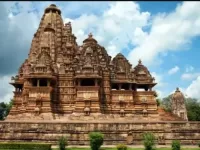


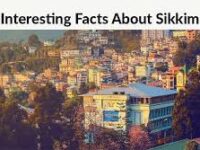

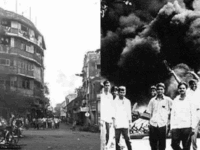
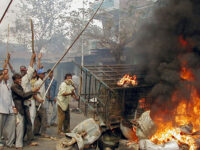
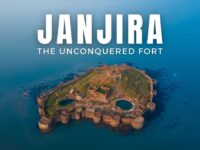




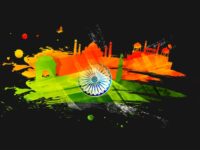
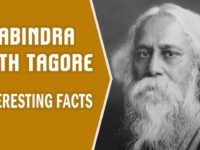
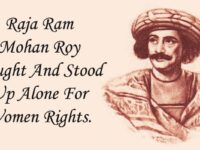
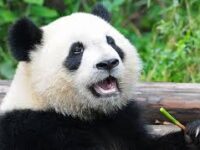












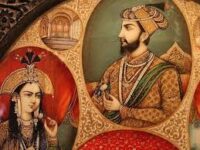
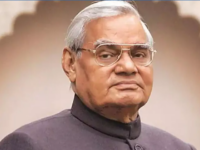
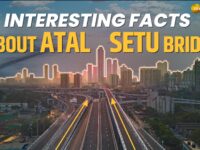



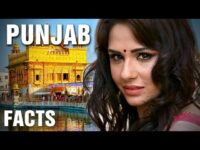
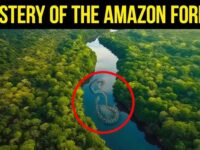












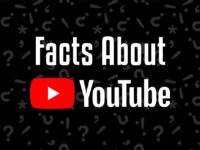










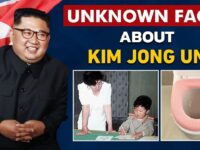

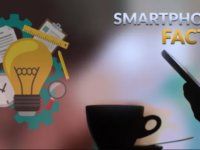
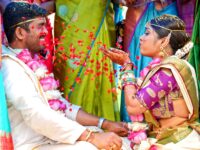
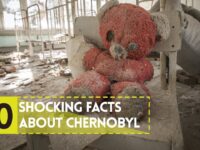
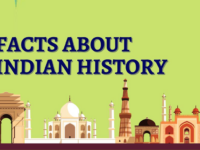










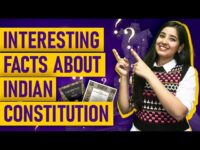


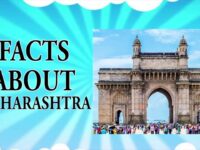


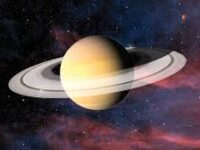

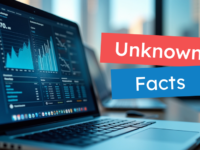
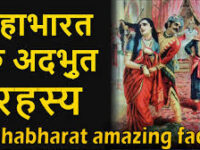

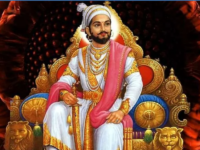
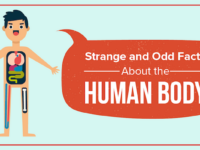
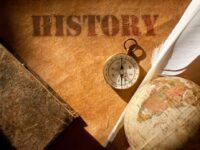







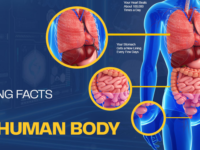

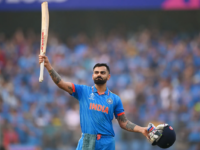


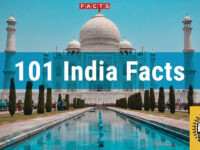

0 Comments